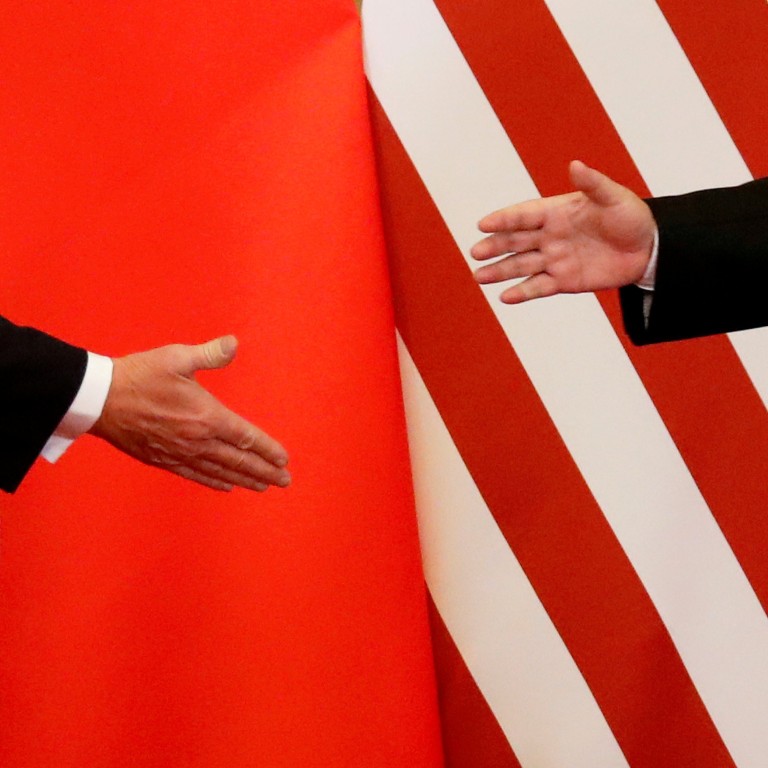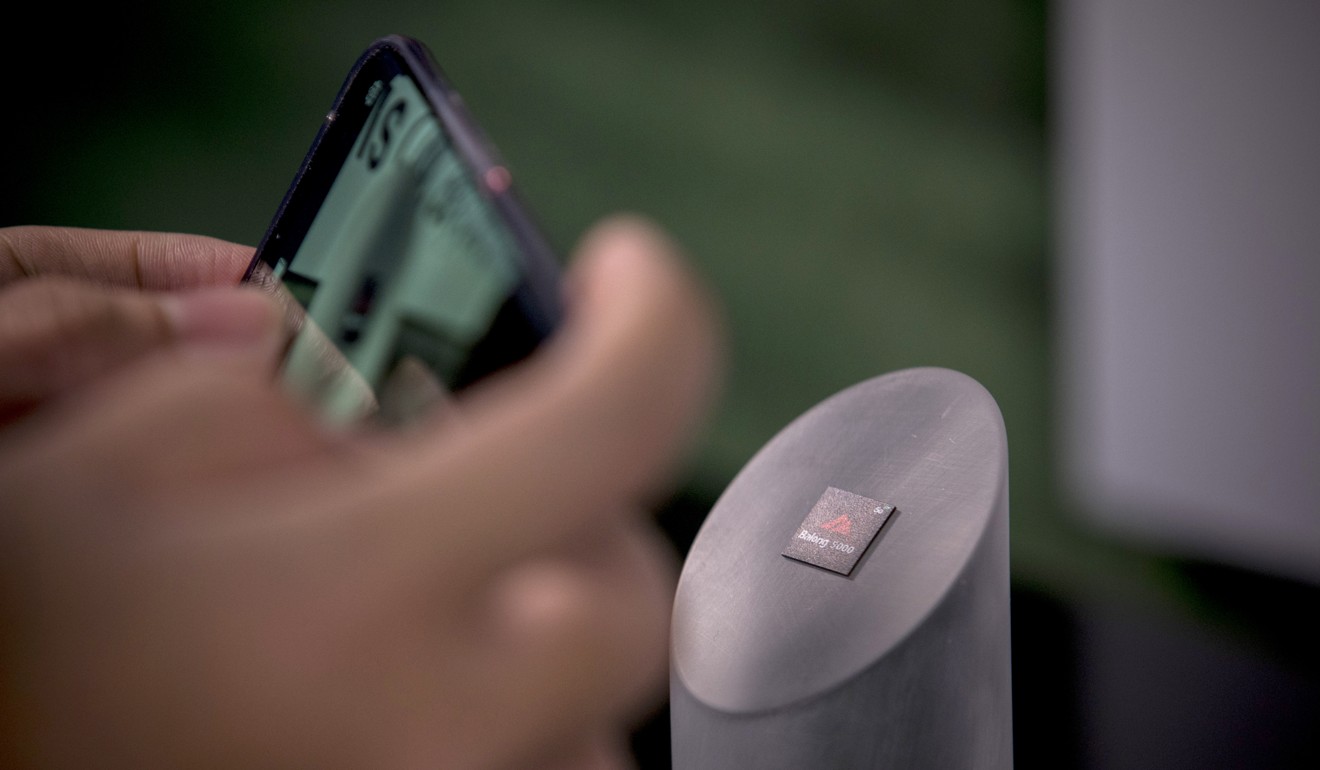
Expect the US-China trade war to come to a showy end, but the tech war to continue
- David Dodwell says the tariff war is really a piece of political theatre that has harmed US and other companies in China as well as global supply chains, but accomplished little else. Meanwhile, US paranoia about Chinese technology grows
If and when Trump declares victory, he will have delivered on a fundamental campaign promise to his core supporters. The fact that irreversible harm has been done, and that the core US-China problems remain unsolved, will be ignored or glossed over.
Because around Trump is a group of anti-China zealots who believe that the problem with China is that it is an increasingly technologically sophisticated competitor, getting dangerously close to generating innovations that can match and better the best in the world – including the US.
This does not simply mean that Chinese will be able to download favourite films onto their smartphones in seconds, run virtual reality apps or play more realistic war video games.
It means a five-year head start on the competition to develop thousands of big data applications for anything from energy and transport management to buildings management and health care.

So, too, are allegations of industrial espionage: how could the US intelligence services talk with confidence about alleged Chinese espionage if they were not up to their necks in an identical activity?
The reality is that companies like Huawei were until recently dismissed by the US big boys like Lucent, Cisco and Motorola as offering unreliable, derivative products that might suit developing countries fine but could not deliver cutting-edge reliability to US networks. And that has changed.
What we see now is Chinese companies right at the cutting edge, feared for reliability and sophistication.
In the US, as the likes of Huawei have made inroads into so many markets around the world, so anxiety has risen about US ability to remain the world’s tech leader. Fear sits not just in US tech companies, but also in the US intelligence community and defence industries.
We should remember these anxieties are not new. Way back in July 2011, Fortune magazine ran a substantial feature on the Chinese upstart, noting: “Huawei still can’t conquer the US. The reason? Widespread fear that it’s here to spy for Beijing.”
But as Huawei has progressed, so US paranoia has intensified. Huawei was 352nd in Fortune’s list of 500 top companies back in 2011. Today it is 72nd and climbing, with 2018 sales expected at US$108 billion, up 21 per cent on 2017.
His confidence is boosted by the fact that the company relies hardly at all on the US market, where it has been systematically blackballed.
While 51 per cent of sales in 2017 were inside China, 27 per cent were attributable to Europe, the Middle East and Africa, and 12 per cent to the Asia-Pacific. Just over 6 per cent were in the Americas – including Canada, Mexico and South America.
Guo’s 2019 message is fascinating: “If we can develop the simplest possible network architecture, make our transaction models as simple as possible, ensure the highest level of cybersecurity and privacy protection, produce the best products, and provide the best services, no market can keep us away …
“ We will remain calm and composed in the face of adversity, and use the certainty of legal compliance to deal with the uncertainty of international politics.”
David Dodwell researches and writes about global, regional and Hong Kong challenges from a Hong Kong point of view

